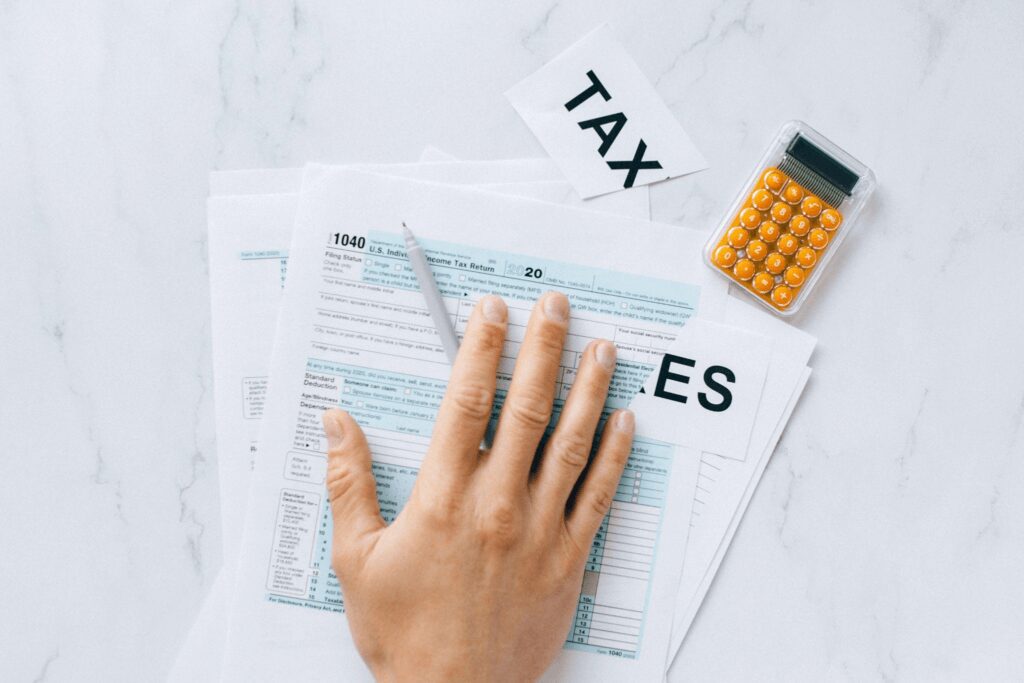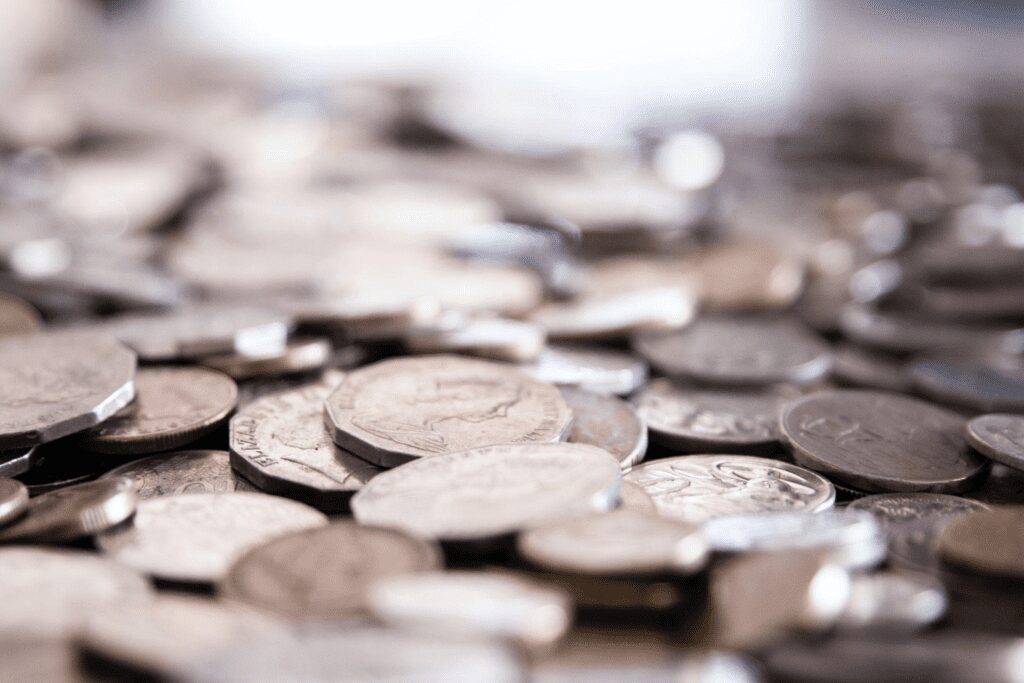Calculating Your CGT: Discount Method
Unless you have an interest in accounting or are a numbers whiz, you’ll likely need some assistance on how to calculate your capital gains tax (CGT). That is probably how you’ve come across this article! At Shoebox Books, we make tax easier to understand. Both through our blog and the financial bookkeeping services we provide. Today we’ll run you through what exactly capital gains tax is, and what the discount method is.
What is Capital Gains Tax?
Most layman’s terms for defining what a capital gain or loss is “the difference between what you paid for an asset (say a car or house for example) and the amount you sold it for”. This takes into account any incidental costs on the purchase and sale. Essentially, CGT is the ‘levy’ or amount you pay on the capital gain made from the sale of your asset.
What Does Capital Gains Tax Apply to?
CGT applies to various assets that can be acquired. These can include:
- Property
- Shares
- Leases
- Goodwill
- Licences
- Foreign currency
- Contractual rights and
- Personal use assets purchased for more than $10,000.
What Happens When You’ve Made a Capital Gain?
Imagine you have just sold your car, and you’ve made a capital gain. These proceeds then are added to your total assessable income. This means the gain could increase the tax you need to pay when you submit your tax return. On the other hand, if you experience a capital loss, you can use it to reduce a capital gain in the same financial year. If your losses are greater than your gains, or if your loss is in a financial year where you didn’t make a capital gain, you can instead deduct this from future capital gains.

How Do I Calculate Capital Gains Tax?
An important thing to note when calculating your capital gains tax is that there are two methods.
- The indexation method
- The discount method
CGT Discount Method
For an asset to qualify for the CGT discount method, some specifications need to be met.
- You are an Australian resident.
- You are an individual, trust or a complying super fund.
- You have owned your property for 12 or more months before the ‘CGT event’ happens. The CGT event is the point at which you make a capital gain or loss.
Complying super funds can access a capital gain discount of 33.33%. Australian residents who have owned the asset for at least 12 months can receive a 50% discount to reduce their tax.
What is a CGT Event?
The CGT event is the point at which you make a capital gain or loss. If during the time you sell an asset there is no contract, the CGT event happens at the time of the sale. If you have a contract for the sale, the CGT event happens on the date of the contract. This is important during property sales, as the CGT event has occurred on the date of the contract, not during the settlement.
What if the asset is lost, stolen or damaged?
If the asset is lost or destroyed, such as a car being stolen, the CGT event happens when you receive insurance compensation. If there wasn’t any compensation, the CGT event happened when the loss happened or was found.
How to Calculate CGT Using the Discount Method
We know the Australian taxation system is a heavy topic to understand upon first look.
To help paint a picture, we’ll use an example:
You’ve made a capital gain of $100,000 from selling a property that you’ve owned for longer than 12 months. You sold the property sometime after 21 September 1999. This would mean you would only add $50,000 to your taxable income.

The Steps to Calculating Your CGT
Before you begin calculating your CGT, you must subtract any capital losses (from other assets) from your capital gains before applying the 50% discount.
If you meet the discount criteria, you can then reduce the remaining capital gain on that asset by 50%.
You are then ready to report this amount in your income tax return.
For Australian individuals who provide affordable rental housing to people earning low to moderate-income, you can receive an extra 10% discount. Owners of these rental properties therefore can achieve up to a 60% discount.
Exclusions from the CGT discount
To receive the CGT discount, some exceptions can exclude you.
- Your home is used for rental or business in the last 12 months.
- You are a foreign resident.
- You choose to use the indexation method.
- Your income asset is converted to a capital asset to claim the discount.
- Your CGT event created a new asset/capital gain.
- You have disposed shares or trust interests in non-widely held companies or trusts.
Should I Use the Indexation or Discount Method?
If you have owned the asset since before 21 September 1999, you can use the indexation method instead of using the CGT discount. However, the majority of cases benefit more from the discount method. If you find using the Indexation method applies better to your circumstances, we’ve covered how you can calculate your CGT using this method on our blog.
Which method is better?
One of the most frequent queries we see is which method is better to calculate capital gains tax. It can be difficult to know which method you should choose. However, if we can install some confidence and reassurance, there is generally no option that is better than the other.
The answer is, choosing the right method for you boils down to your circumstances. This includes the type of asset you own, how long you’ve owned that asset as well as the past inflation rates. With these considerations in mind, the type of CGT method you can use to reduce your tax is determined. Depending on your situation, you may not get to choose which method to use, but knowing the difference will help you in your future tax paying obligations.
Requiring Some Assistance with Your Tax?
After reading this article, we hope calculating your capital gains tax is a straightforward process. Remember, there is no right or wrong method of calculating your CGT. It depends on your unique situation and assets as to which method is the most capable of reducing your tax liability.
If you find yourself requiring some assistance, contacting a tax professional like Shoebox Books can make figuring out your CGT the easiest it has ever been. Visit Shoebox Books to contact the team of friendly professionals to enquire more information on our services today. If you are a small business or an individual who wants to learn more about reducing your tax bills or bookkeeping tactics, then our blog is the freehub to scour for the best money-saving tips and tricks.